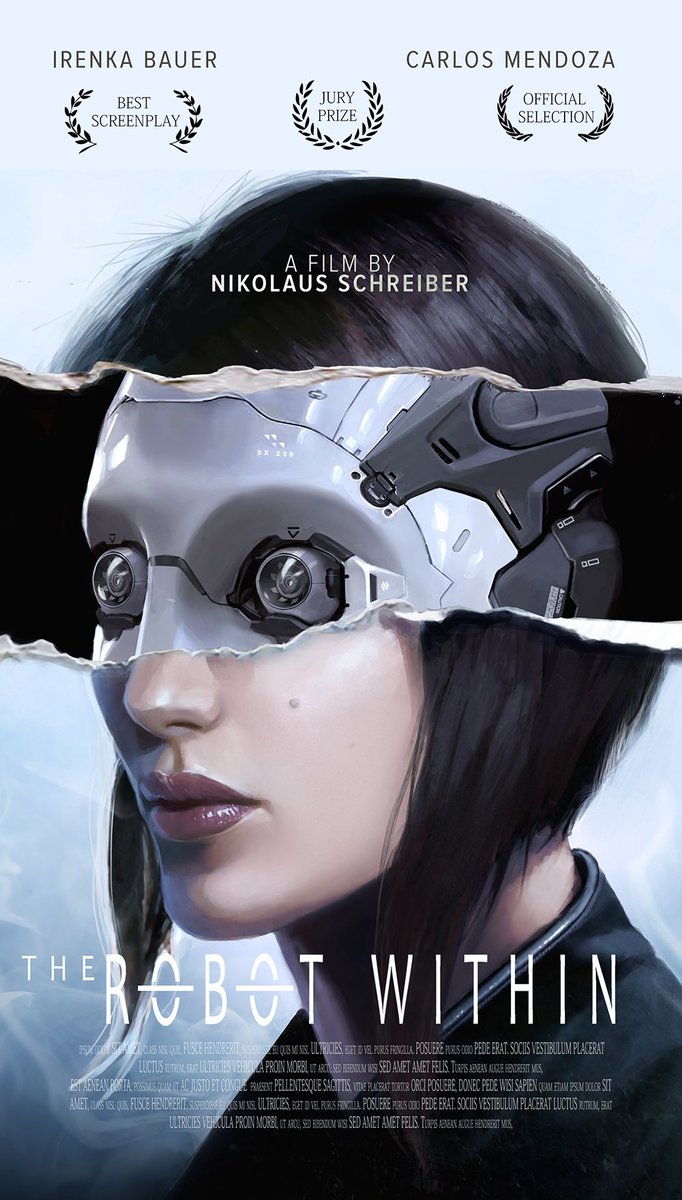

Our story begins in 2029 at a time when it is all too common for humans to enhance themselves by replacing their organs with cybernetic parts. Masamune Shirow's manga Ghost in the Shell offers some vital lessons on transhumanism. But as always, sci-fi has repeatedly warned us against the often unnatural nature of science - the importance of knowing when to tinker with technology to aid human progress and when to let nature take its course. Taking cues from these imaginative works, science hopes to aid and accelerate our evolution from human to post-human through genetic modifications, ironing out our limitations and pushing our limits. We're not far away from the transhumanist futures of Ghost in the Shell, Deus Ex: Human Revolution or Robocop. Meanwhile, scientists in North Carolina are hard at work trying to build a future where 3D printers can churn out customised kidneys, livers and other vital organs for those in need.Įven if science fiction has had a headstart over science, the latter is catching up. Ossur's implanted myoelectric sensors allow amputees to control their bionic limbs with their minds. In fact, augmentations to Second Sight's Argus II may enable future users to even see in infra-red, like the Predator. We already live in a world where bionic eye implants have made it possible to restore partial sight for visually impaired people.

Words by Prahlad Srihari | Art by Trisha Bose and Sharath Ravishankar | Concept by Rohini Nair and Harsh Pareek As we embark on a new decade, how do visions of the 2020s - imagined in books like Do Androids Dream of Electric Sheep?, films like Soylent Green, or even manga like Ghost in the Shell -match up against our reality? In this series, we look at seven pop culture artefacts from the past that foretold the future, providing a prophetic glimpse of the decade we’re now entering.


 0 kommentar(er)
0 kommentar(er)
